How to Ask for Payment Politely and Professionally (with Examples)
Seamless payment collection is the goal but there are steps that you need to take to get there. Here is how you can avoid unpleasant interactions with late payments and learn how to gather them quicker than before… without sounding rude or demanding.
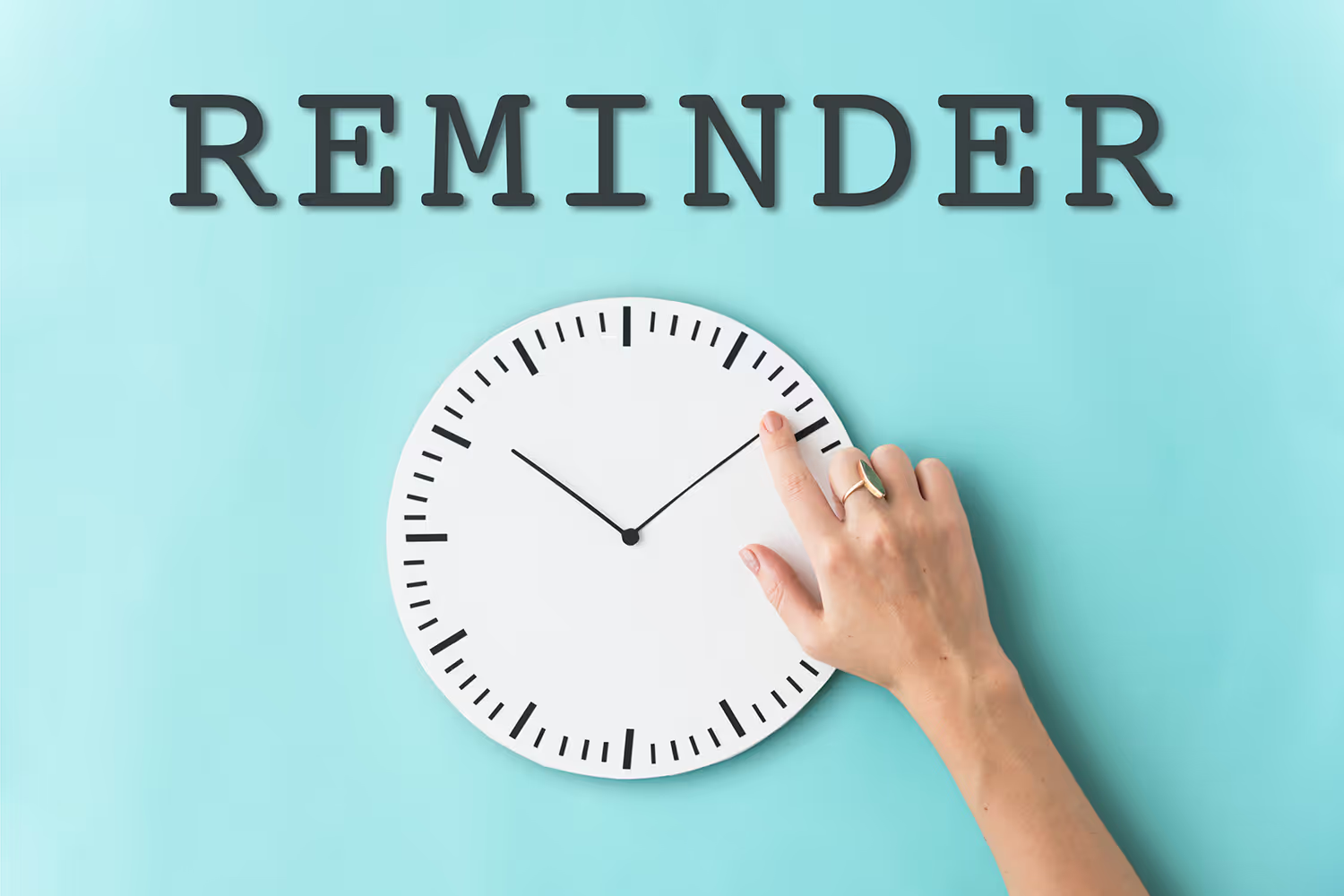
A 2021 Insider study reports that the taboo around money is still very real. According to the findings, only 41% of friends will discuss finances with each other, whereas politics comes in at 50%.
Surprising? Not necessarily.
Many of us grew up learning that talking about how much someone else makes or spends is invasive and rude. The topic can raise insecurities and doubts about oneself.
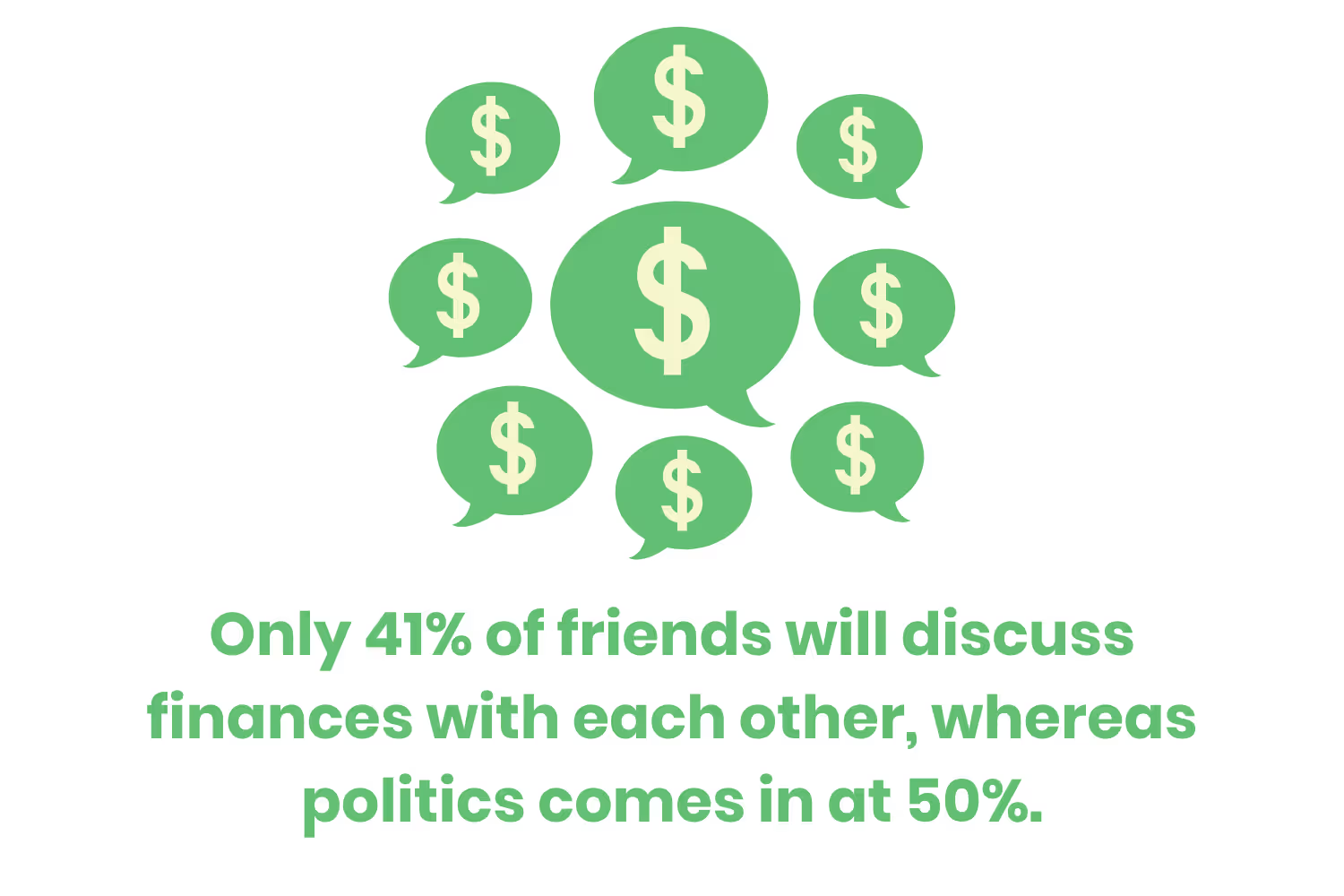
There are many reasons why payments may run overdue. Including sometimes simply forgetting to make a payment on time. Or, maybe we lost the original invoice. These scenarios are why it’s important to learn how to ask for payment tactfully.
So how do you ask someone to pay an outstanding bill without sounding insensitive?
Sending some form of communication as a reminder is the best way to get a client to settle a balance as quickly as possible while maintaining a healthy business relationship. Requesting for payment politely and professionally can make all of the difference, and doing so sooner rather than later is best. When you ask for money politely, you are more likely to collect on owed revenue. Even if the payment is late.
Seamless payment collection is the goal but there are steps that you need to take to get there. It's easier to ask your client for payments with a process already in place. Here is how you can avoid unpleasant interactions with late payments and learn how to gather them quicker than before… without sounding rude or demanding.
99% of people check their email every day.
Taking this into consideration, emailing an overdue payment reminder is one of the more popular ways businesses like to follow up. Plus, if you aren’t comfortable asking for payment over the phone or in person, sending a pre-executed invoice email can alleviate some of that anxiety.
But even through an email template, how can you make sure that your wording comes off in the right way? Here are some tips on what to include via email which will help prompt clients to pay.
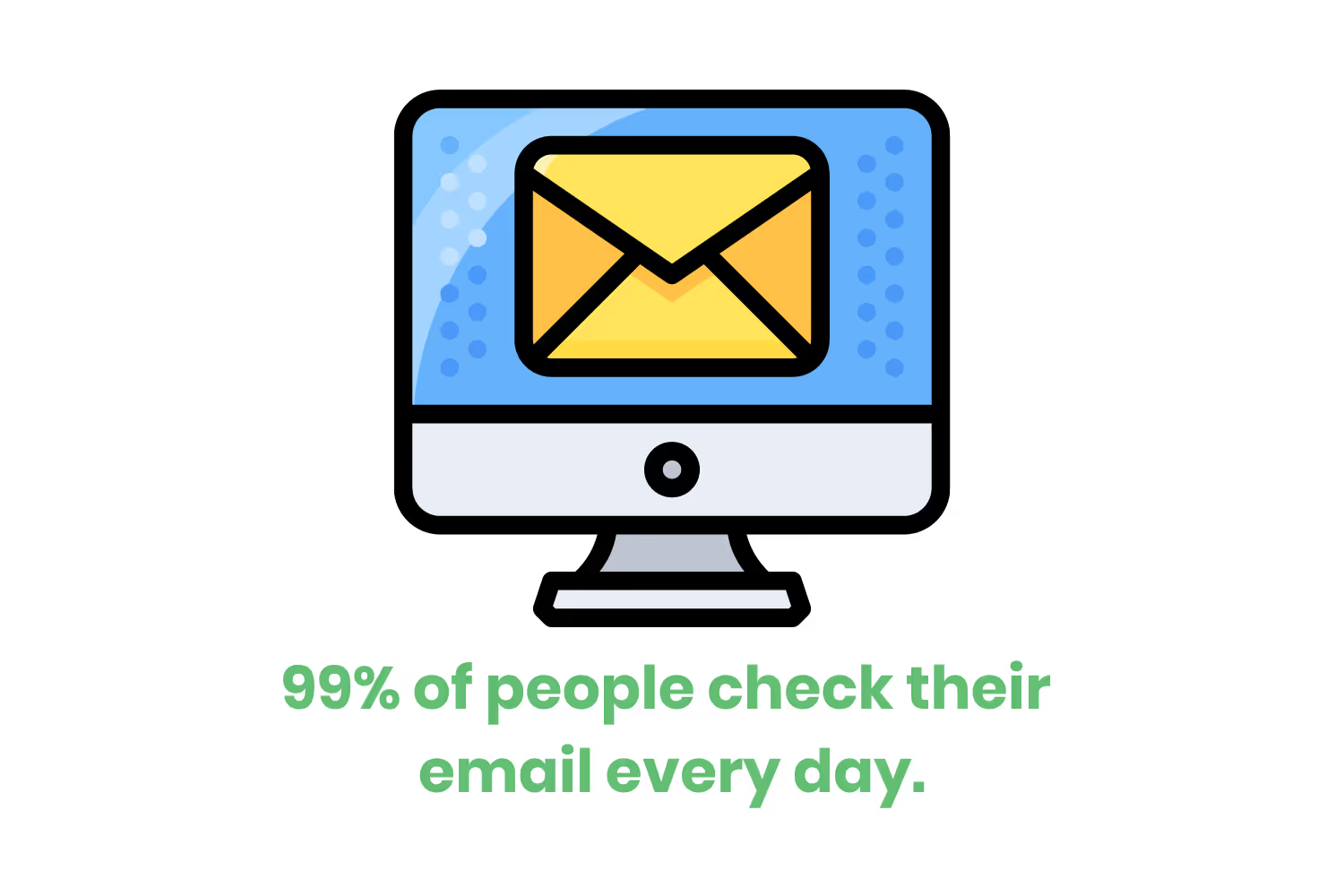
Include a direct subject line regarding payment in your follow-up email. This can help the email stand out in a sea of spam and let the payor know what the email is about. A subject line like, “Payment Invoice # Due” is an example of a neutral but direct title. Make sure you've got all of your information before sending the email.
Include a link to the original invoice that’s overdue for reference. This helps the client remember the services provided and the original amount due along with the previous due date.
Include your payment terms, which you should include in your original invoice as well. This will reiterate not only those terms but remind the payor of the accepted payment methods of your practice and your late fee. Make sure to also include the provider information, website address, and phone number for payor questions.
Friendly, short, clear call to action, firm tone even so with a straightforward call to action. Remember, the earlier you ask, the better. Check out this template as an example:
Subject: Regarding Your Balance.
Body:
[Customer’s First Name],
Your invoice [invoice number] with us is now [amount of days] overdue.
In order to avoid any additional fees, pay your invoie as soon as possible.
You can view and pay your invoice online at [link to website] or call [company phone number] if you have any questions.
Regards,
[Your First Name]
Overdue Invoice Letters: What to Include & How to Write One
Sending an attached letter with an invoice or on its own can be another way to gently jog someone’s memory about a balance they have due. Especially if you still haven't received payment.
Let’s face it, I know I’m not the only one that gets tons of emails a day that sometimes buries the important ones.
In comparison, 77% of people still sort through their mail as soon as they grab it out of their mailbox. Receiving a piece of mail can be a bit more personal and provide a stronger call to action.
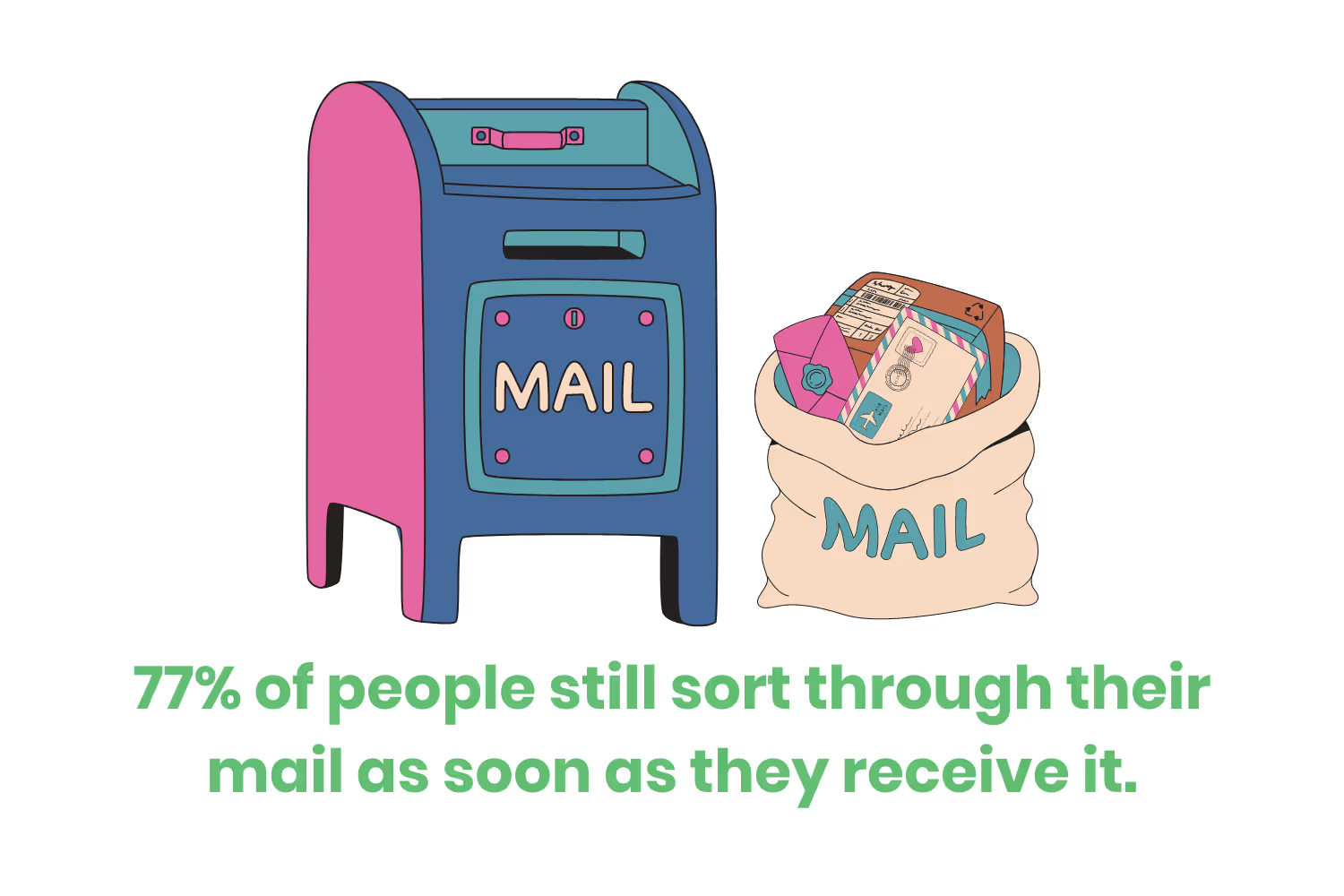
Your letter should include information like…
- Number of days past due
- Amount due
- Transaction summary
- Number of contacting attempts
- A strong Call-to-Action
- Late payment fees
- The due date for the overdue payment
- Your organization’s contact information
[Client Name],
I hope you’re doing well. I’m reaching out to you to remind you that your payment of [payment total] for invoice [invoice number] with us is [number of days] overdue.
According to our records, you should’ve received the invoice I’m referring to in the mail on July 5, 2022.
This is a courtesy reminder and we understand that you’re busy. We’d appreciate it if you could take the time this week and go through the invoice when possible before you incur late fees.
If you have any questions or doubts as to the invoice, we would be happy to assist you. You can give us a call at (123) 456-7891.
Thank you for taking the time to resolve this matter
Regards,
[Your First Name]
How to Politely Reach Out Via Phone Call
When you compare phone calls to emails or letters, most people would agree they’re harder to ignore. Especially if you actually answer and don’t let it go to voicemail.
If you’re able to get a client on the phone you’ll make it more difficult for them to dodge your questions or give you excuses. This can be a bit more tricky since the method of communication is more direct in nature.
So, make sure you have your plan of attack ready… and do take the word “attack” in that sentence with a grain of salt.
There are two methods you can use to contact the payor through the phone. The first is through a phone call. When talking to a client over the phone to settle a balance, it’s important to first and foremost introduce yourself and explain why you’re calling.
Starting the conversation by asking for money is sure to rub people the wrong way and damage the relationship between you and that client.
Keep your reason for calling clear, concise, polite, and short. That means no accusations about the client not paying you. Instead, simply state they have an overdue balance.
When you’ve come up with a plan on how to settle the balance, make sure you summarize this back to the client to solidify all of the details of the agreement before you hang up.
No matter how that conversation goes, you’re sure to at least get more details about why the balance is overdue. For example, you could have the wrong email address on file or the mailing address is incorrect.
Here is an example of an appropriate phone call if it were to go to voicemail:
Good Morning, my name is Maria from [company name] calling in regards to an overdue invoice you have with us.
The payment was due in [payment due date] and I wanted to follow up with you to see if we could settle this balance.
Please give me a call back at [company phone number]. I look forward to speaking with you. Thank you.
Payment Reminder Text Messages: The Right Way to Follow Up
Speaking of voicemails, 80% of Americans don’t answer the phone if an unknown number calls.
For the majority of people who don’t answer the phone for unsaved numbers, sending a text reminder is a good option.
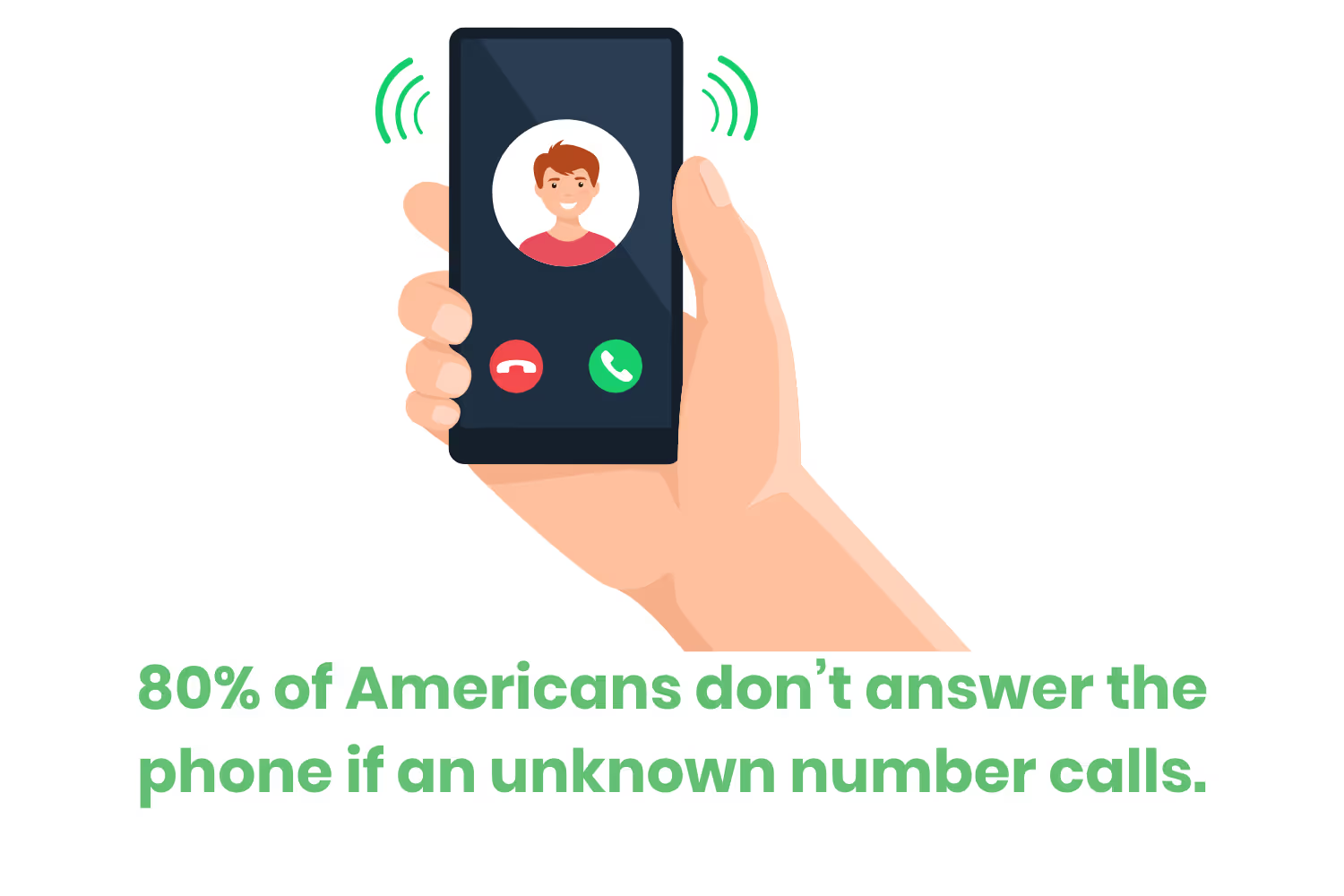
Starting a conversation with a client through text gives them more time to prepare and respond. Similar to an email, including your name, why you’re reaching out, the balance due, and the new due date can help you get your point across with no misinterpretations.
Hello, [name]. We remind you that a [$] sum is still outstanding on your account. To avoid additional fees, please pay the required sum until [date]. Regards, [institution name].
The Due Date Postcard Reminder
If you’ve exhausted all of the techniques you know to ask for payment politely from your clients who owe you, should you give up?
No.
At a certain point, the costs associated with the effort put forth on collecting from an outstanding account outweighs the value of the balance. At that point, you should give up. But, even after you send the letter, phone call, email and text message reminders you still haven’t reached that point (unless you’re not using us).
You see, there’s a new way to ask for payment politely and it has a higher open rate than traditional letters…reminder postcards.
Here are the facts. Postcards have a 1% higher open rate than letters and they cost around $0.15 less to send in postage.
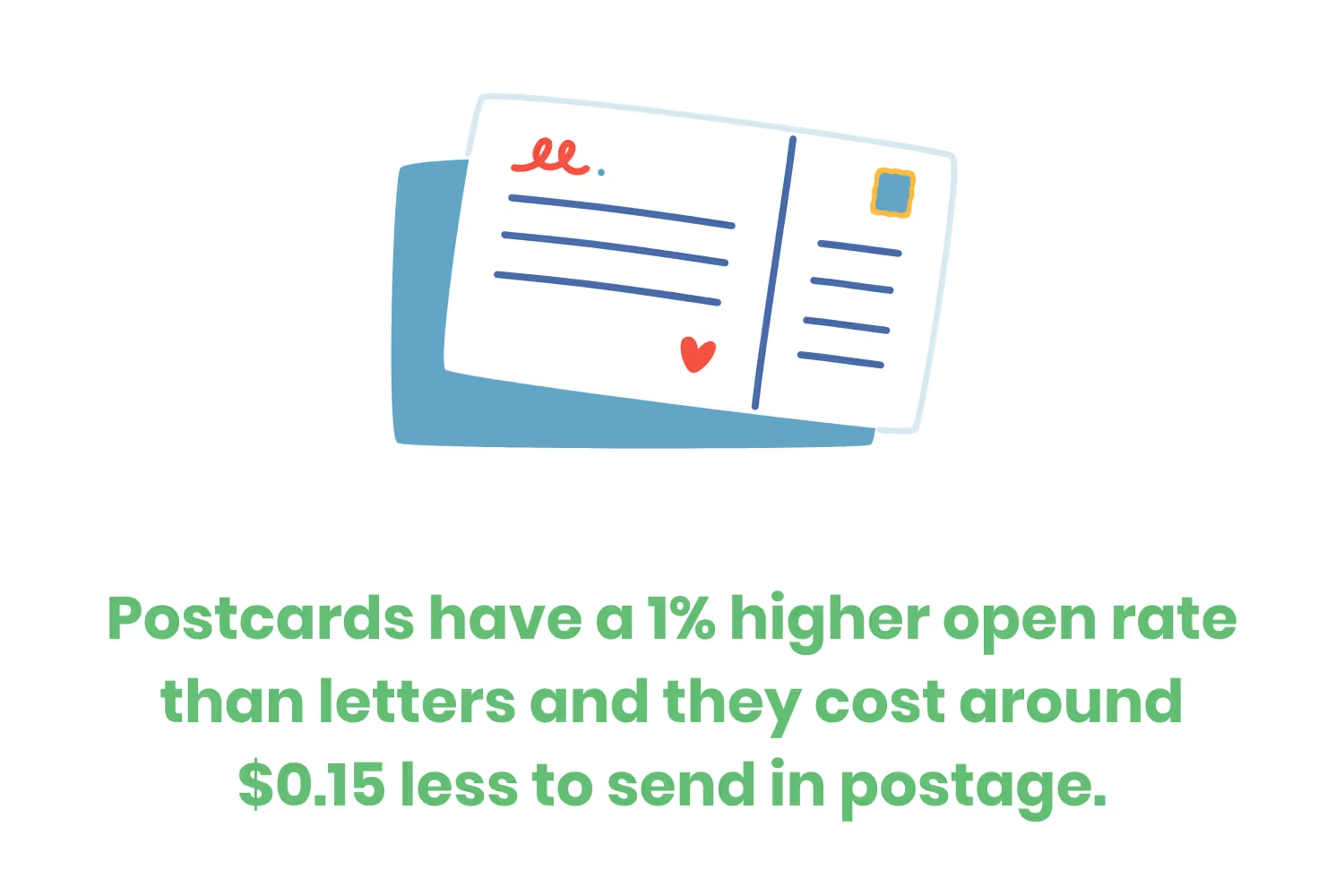
When you keep in mind how many payment reminders you send to your clients on a monthly basis, it’s clear that postcards scale up in the most cost-effective way.
Of course, what should these look like? Sending the cliche “Wish You Were Here” postcards isn’t appropriate in this scenario, unfortunately.
Postcards that ask for payment mix together both physical and digital experiences. The front side contains similar verbiage that your standard letter contained. The postcard experience we provide takes it a step further by prompting the recipient to scan a secure QR code. Once scanned, the QR code takes recipients to a secure payment portal to satisfy their balance with you.
Common Mistakes When Requesting Payments
There is a lot that goes into collecting payments, especially when it comes to doing so politely. Taking your client’s financial situation into account while focusing on your own bottom line can feel like balancing on a tightrope. Making the wrong move can lead to more problems collecting revenue.
But you’re not alone. The reality is that only 21% of customers are satisfied with their collections experience
So what are the “wrong moves” when it comes to asking for payments from payors? Here are a few common mistakes you are going to want to avoid when reaching out:
- Being too aggressive. Especially too soon! Timing is everything with sending reminders. Even if you feel frustrated by the situation, sending an overly demanding letter or calling with an attitude can send your client on the defensive. Thus, making them less likely to cooperate.
- Not setting clear expectations up front. If your client isn’t aware of when or how to pay on a balance, this can lead to an unnecessary bottleneck in your revenue cycle. If your invoice doesn’t have a clear outline on how to pay, clients might claim they weren’t aware of the process.
- Not following up consistently. The whole point of this blog! Be sure to follow up with your overdue accounts regularly. This helps both you and the client avoid pushing the invoice farther down your priority lists.
- Having only one payment solution. Your lack of available payment methods could be your downfall. Clients might not pay right away simply because they don’t have access to a convenient payment option. For example, if you can only take payments over the phone or through checks, you’re going to delay the process for all of the payors that don’t want to pay this way. In the end this will delay their payment. And therefore, delay collecting on valuable revenue.
- Sending a generic reminder. These are obviously impersonal. And by being impersonal, they are much easier for people to ignore
Best Practices for Future Payment Requests
So now that we’ve gone over how to send out reminders and the common mistakes to avoid when doing so, let me tell you about the very best way to handle late payments. Prevent them from happening in the first place!
That’s right, prevention is the best medicine both in the exam room and billing department. Now, that’s not to say you are going to be able to prevent ALL overdue invoices.
But by following these next tips, you can be sure you’re going to reduce the chances of running into them:
- Set clear payment terms from the very beginning. Clearly outline details in your contracts and invoices such as due dates, late fees, payments options, and billing cycle expectations.
- Automate payment reminders for your payors. Automated accounts receivable processes help keep your team on top of overdue invoices. This includes automating friendly reminders to send out to your clients.
- Provide multiple different payment options. Organize payment options such as credit/debit card payments, online payment portals, mobile payments, and QR codes to facilitate easy access. Giving clients multiple payment methods to work with can help ensure the client pays in a timely manner.
- Prioritize your client relationships. Personalize invoices and offer flexible payment plans to ensure your payors feel valued and respected. A positive relationship and open communication helps avoid awkward payment conflicts.
Forget About Outstanding Invoices!
So, we know now being polite makes a difference in settling overdue payment balances, you catch more flies with honey than vinegar. But, that’s only one piece of the puzzle.
To better your clients and continue growing your revenue, investing in tools that automatically send payment reminder campaigns and mailing alternatives (like ours) helps you keep track of and collect payments faster.
By providing the customer with precise records of services given, and multiple types of payment options among other solutions, you can cut down on your amount of overdue payments.
Emphasize your product's unique features or benefits to differentiate it from competitors
In nec dictum adipiscing pharetra enim etiam scelerisque dolor purus ipsum egestas cursus vulputate arcu egestas ut eu sed mollis consectetur mattis pharetra curabitur et maecenas in mattis fames consectetur ipsum quis risus mauris aliquam ornare nisl purus at ipsum nulla accumsan consectetur vestibulum suspendisse aliquam condimentum scelerisque lacinia pellentesque vestibulum condimentum turpis ligula pharetra dictum sapien facilisis sapien at sagittis et cursus congue.
- Pharetra curabitur et maecenas in mattis fames consectetur ipsum quis risus.
- Justo urna nisi auctor consequat consectetur dolor lectus blandit.
- Eget egestas volutpat lacinia vestibulum vitae mattis hendrerit.
- Ornare elit odio tellus orci bibendum dictum id sem congue enim amet diam.
Incorporate statistics or specific numbers to highlight the effectiveness or popularity of your offering
Convallis pellentesque ullamcorper sapien sed tristique fermentum proin amet quam tincidunt feugiat vitae neque quisque odio ut pellentesque ac mauris eget lectus. Pretium arcu turpis lacus sapien sit at eu sapien duis magna nunc nibh nam non ut nibh ultrices ultrices elementum egestas enim nisl sed cursus pellentesque sit dignissim enim euismod sit et convallis sed pelis viverra quam at nisl sit pharetra enim nisl nec vestibulum posuere in volutpat sed blandit neque risus.

Use time-sensitive language to encourage immediate action, such as "Limited Time Offer
Feugiat vitae neque quisque odio ut pellentesque ac mauris eget lectus. Pretium arcu turpis lacus sapien sit at eu sapien duis magna nunc nibh nam non ut nibh ultrices ultrices elementum egestas enim nisl sed cursus pellentesque sit dignissim enim euismod sit et convallis sed pelis viverra quam at nisl sit pharetra enim nisl nec vestibulum posuere in volutpat sed blandit neque risus.
- Pharetra curabitur et maecenas in mattis fames consectetur ipsum quis risus.
- Justo urna nisi auctor consequat consectetur dolor lectus blandit.
- Eget egestas volutpat lacinia vestibulum vitae mattis hendrerit.
- Ornare elit odio tellus orci bibendum dictum id sem congue enim amet diam.
Address customer pain points directly by showing how your product solves their problems
Feugiat vitae neque quisque odio ut pellentesque ac mauris eget lectus. Pretium arcu turpis lacus sapien sit at eu sapien duis magna nunc nibh nam non ut nibh ultrices ultrices elementum egestas enim nisl sed cursus pellentesque sit dignissim enim euismod sit et convallis sed pelis viverra quam at nisl sit pharetra enim nisl nec vestibulum posuere in volutpat sed blandit neque risus.
Vel etiam vel amet aenean eget in habitasse nunc duis tellus sem turpis risus aliquam ac volutpat tellus eu faucibus ullamcorper.
Tailor titles to your ideal customer segment using phrases like "Designed for Busy Professionals
Sed pretium id nibh id sit felis vitae volutpat volutpat adipiscing at sodales neque lectus mi phasellus commodo at elit suspendisse ornare faucibus lectus purus viverra in nec aliquet commodo et sed sed nisi tempor mi pellentesque arcu viverra pretium duis enim vulputate dignissim etiam ultrices vitae neque urna proin nibh diam turpis augue lacus.




